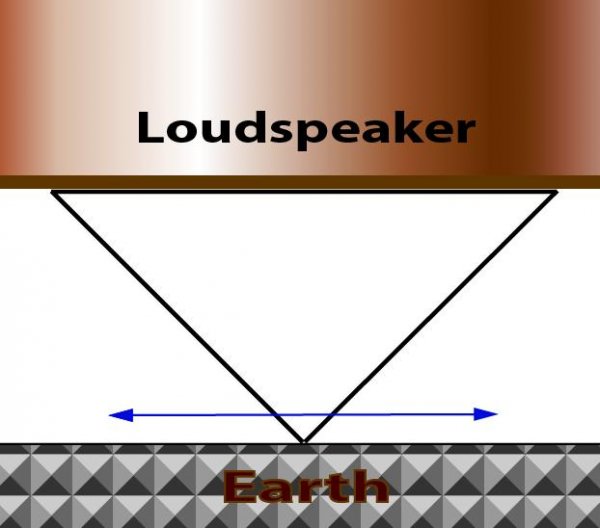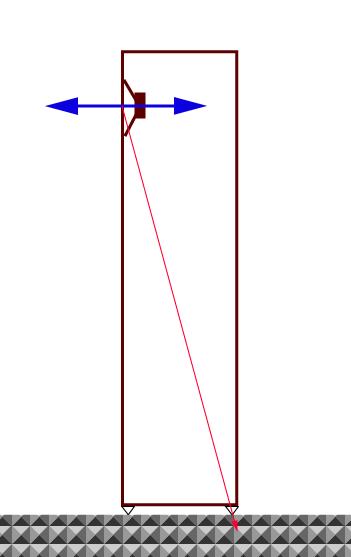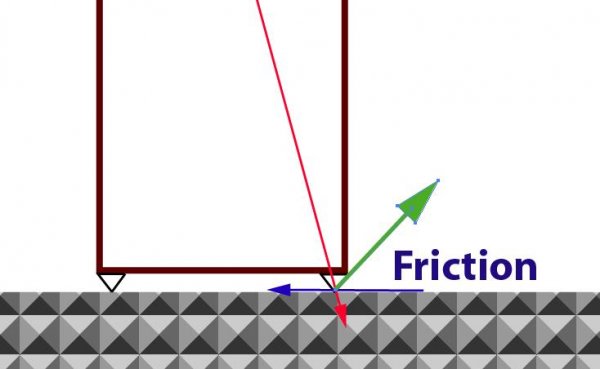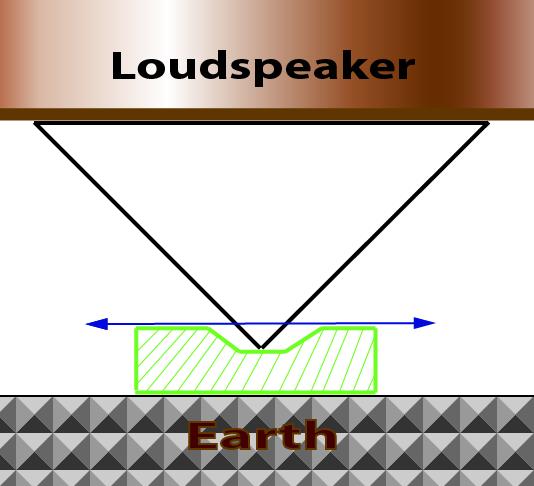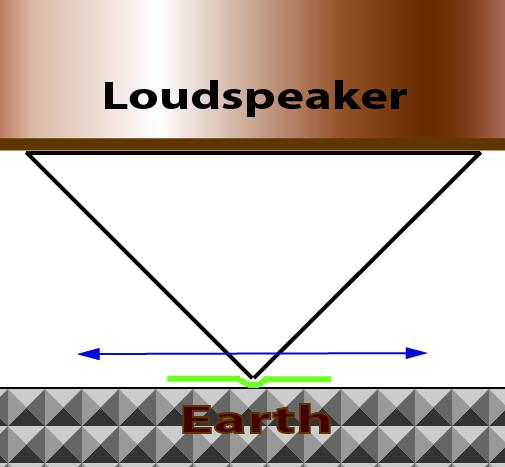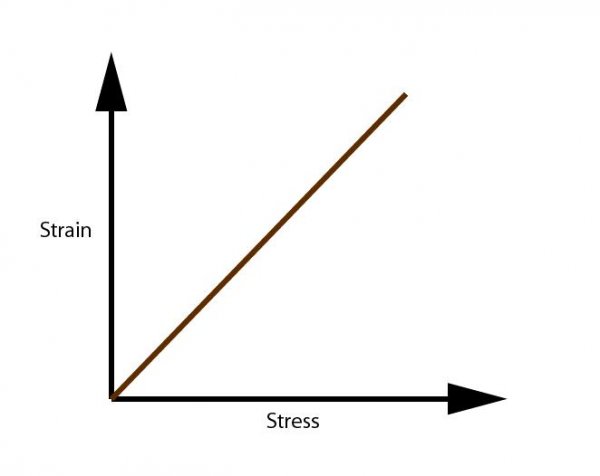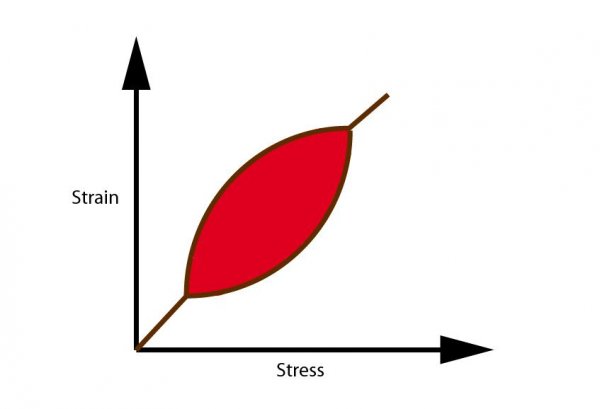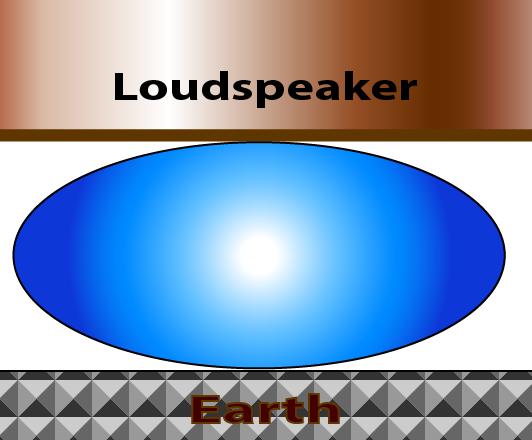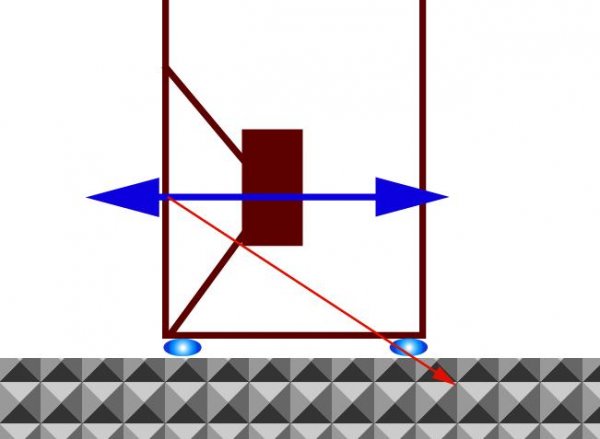Introduction
This is a question that I get asked a lot – what do I have to do to properly stabilize a pair of loudspeakers? Floor-standing speakers are sometimes supplied with feet and spikes already installed, or they have inserts to allow spikes to be screwed into the cabinet. How effective are spikes? With your stand-mounted monitor (bookshelf) loudspeakers, what stands do I use? What do I use to couple/decouple the loudspeaker to the stand?
This paper attempts to bring some clarity to the topic. Future topics will reveal some of the secrets behind the Genesis loudspeaker suspension system, describe a design for a bookshelf loudspeaker stand, and also discuss coupling/decoupling with reference to source components and electronics.
Definitions
Couple – to “make as one” as in coupling a loudspeaker to a loudspeaker stand makes the stand and the loudspeaker as one. Coupling the loudspeaker to the floor makes like the loudspeaker is a part of the floor, and coupling the loudspeaker to the loudspeaker stand makes the stand a part of the loudspeaker – like it has suddenly grown feet.
The opposite is to de-couple – where there is absolutely no relationship. Using an anti-gravity generator to float the loudspeaker is an example of de-coupling. Even magnetic levitation has some degree of coupling. Absolute de-coupling is impossible using current technology.
So, for the real-world purposes of understanding loudspeaker coupling/decoupling, there is no perfect coupler and there is no perfect de-coupler.
The Musical Context
We must consider that the context of our discussion to be that the loudspeaker is playing music, and not sine waves. Sine waves are symmetric. Music is never symmetric. Music is transient and chaotic.
For example, common sense tells us that a plucked guitar string, a bass drum hit, a struck piano key all have a much larger initial positive-going wave than the negative wave. Looking at the waveform of a piano note, it is easy to see that there is more energy in the positive-going wave. As the note decays, it will get more and more symmetric.
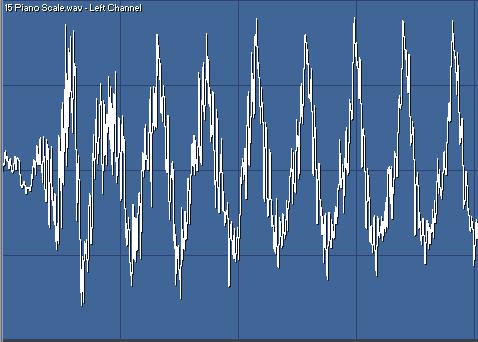
Once we understand this about music, we can design proper loudspeaker coupling/ decoupling. This fact is also important to driver design, crossover design, amplifier design, power supply design, and cable design for music reproduction, but at this time we won’t go there. Hence, there is net forward energy from the loudspeaker drivers, and there will be net backward energy in the loudspeaker cabinet that has to be managed.
This is a question that I get asked a lot – what do I have to do to properly stabilize a pair of loudspeakers? Floor-standing speakers are sometimes supplied with feet and spikes already installed, or they have inserts to allow spikes to be screwed into the cabinet. How effective are spikes? With your stand-mounted monitor (bookshelf) loudspeakers, what stands do I use? What do I use to couple/decouple the loudspeaker to the stand?
This paper attempts to bring some clarity to the topic. Future topics will reveal some of the secrets behind the Genesis loudspeaker suspension system, describe a design for a bookshelf loudspeaker stand, and also discuss coupling/decoupling with reference to source components and electronics.
Definitions
Couple – to “make as one” as in coupling a loudspeaker to a loudspeaker stand makes the stand and the loudspeaker as one. Coupling the loudspeaker to the floor makes like the loudspeaker is a part of the floor, and coupling the loudspeaker to the loudspeaker stand makes the stand a part of the loudspeaker – like it has suddenly grown feet.
The opposite is to de-couple – where there is absolutely no relationship. Using an anti-gravity generator to float the loudspeaker is an example of de-coupling. Even magnetic levitation has some degree of coupling. Absolute de-coupling is impossible using current technology.
So, for the real-world purposes of understanding loudspeaker coupling/decoupling, there is no perfect coupler and there is no perfect de-coupler.
The Musical Context
We must consider that the context of our discussion to be that the loudspeaker is playing music, and not sine waves. Sine waves are symmetric. Music is never symmetric. Music is transient and chaotic.
For example, common sense tells us that a plucked guitar string, a bass drum hit, a struck piano key all have a much larger initial positive-going wave than the negative wave. Looking at the waveform of a piano note, it is easy to see that there is more energy in the positive-going wave. As the note decays, it will get more and more symmetric.

Once we understand this about music, we can design proper loudspeaker coupling/ decoupling. This fact is also important to driver design, crossover design, amplifier design, power supply design, and cable design for music reproduction, but at this time we won’t go there. Hence, there is net forward energy from the loudspeaker drivers, and there will be net backward energy in the loudspeaker cabinet that has to be managed.
Last edited:



